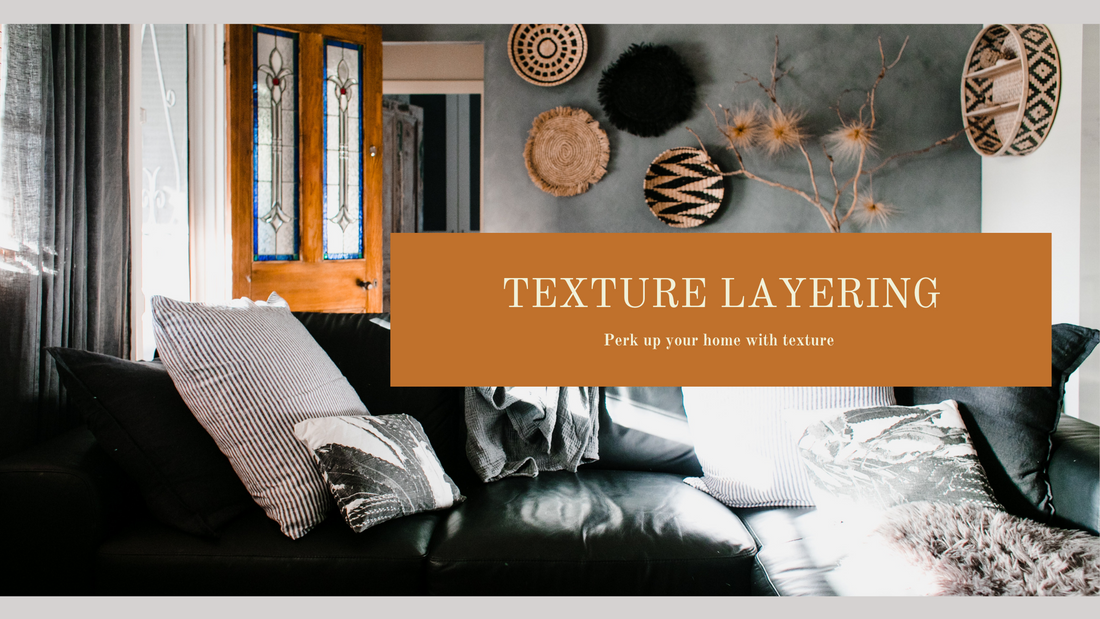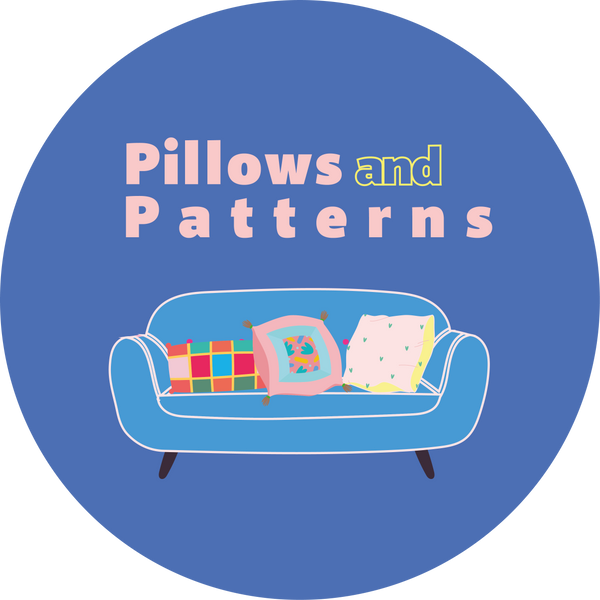
How to add texture to your living spaces
Share
Adding texture is all about the layering of various textiles, materials, colours, and metals in space.
Layer different textures
Layering in interior design is key to producing a scheme that’s rich and full of depth. This can be achieved through blending multiple different sources of texture so that you are not just relying on fabric or furniture finishes.
When layering texture it is important to keep in mind, when pairing décor accessories, elements like matte versus glazed ornaments . Also, think about your wall treatments and artwork, try to pick pieces that have the ability to make the walls feel multi-dimensional.
Every part of your home can be layered with texture and can create layers that are immersive and visually pleasing
Mix it up
Mix textures and materials in your home to create depth and contrast. Materials like wood against metallic can be easily done on a budget and can look fantastic. Wallpaper is another great way to bring in new textures and finishes.
Contrasting textures is one way to make certain aspects stand out more than others; the texture is a way to create accents.
Contrasting fabrics
Interesting textures are not just pleasing to look at, but when you contrast them, they can also provide balance to your space. If your living or bedroom is in a colour palette of similar shades you can change up the consistency of the colour by changing up the textures of any fabric in the room.
Try to look beyond the obvious areas of fabric such as sofas and armchairs but also include curtains, blinds, and lampshades. You can also evolve these textural contrasts as the seasons change. You might switch up a linen sofa by switching out your cotton and silk cushions in summer to velvet and faux fur in winter.

Add textured furniture
Furniture texture is worthy of exploring, especially if you like to touch the pieces around your home. Imagine running your hand over a cool, smooth marble table, eating off a rustic oak dining table, or relaxing on an opulent velvet sofa.
The texture does not always have to be obvious because it is these subtle differences as your eye moves around the room that is most alluring.
Textured home accessories
Vases, ornaments, sculptures, and mirrors are accessories ripe for playing with texture. You can purposefully create an arrangement of objects with alternating textures to really make a statement.
Be careful to not add too many competing finishes touches into your rooms as this can look like there is a lack of direction.
The objective is not to fill your room with every different texture under the sun, but to welcome an assortment of characters that are complementing one another and work together to inject variation and intrigue into your spaces.
Decorate with plant and flowers
While plant life is tactile having lots of greenery in your home is more about creating visual textile. The difference in form, petal and leaf shape, plant height, flower colour, and their containers all produce a textural effect when decorating any space
Try to choose plants and flowers that link to other textures in the space, such as the glossy verdant leaves of an oversized palm that link to rattan furniture. Also, make sure that your vases match the existing texture in the room, like certain ornament or lamp bases that are already in your space.

Textural elements when layered together correctly will like listening to a piece of music that is perfectly in sync.




